Related Research Articles
Carol Ann Shields, was an American-born Canadian novelist and short story writer. She is best known for her 1993 novel The Stone Diaries, which won the U.S. Pulitzer Prize for Fiction as well as the Governor General's Award in Canada.
Canadian literature is the literature of a multicultural country, written in languages including Canadian English, Canadian French, Indigenous languages, and many others such as Canadian Gaelic. Influences on Canadian writers are broad both geographically and historically, representing Canada's diversity in culture and region.
This article contains information about the literary events and publications of 1852.
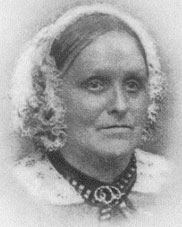
Susanna Moodie was an English-born Canadian author who wrote about her experiences as a settler in Canada, which was a British colony at the time.
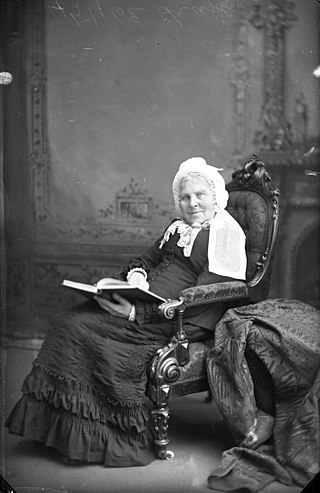
Catharine Parr Traill was an English-Canadian author and naturalist who wrote about life in Canada, particularly what is now Ontario. In the 1830s, Canada covered an area considerably smaller than today. At the time, most of Upper Canada had not been explored by European settlers.
The Canadian Experience is a television documentary series shown on CBC Television; each of its one-hour episodes present an event or story from Canadian history. The first episode aired on January 22, 2004. The series is produced by the CBC Documentary Unit, the team behind Canada: A People's History.
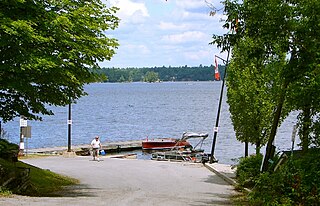
Douro-Dummer is a township in central-eastern Ontario, Canada, in Peterborough County along the Trent-Severn Waterway. It was formed on January 1, 1998, through the amalgamation of Douro and Dummer Townships.

Agnes Strickland was an English historical writer and poet. She is particularly remembered for her Lives of the Queens of England.

Alias Grace is a historical fiction novel by Canadian writer Margaret Atwood. First published in 1996 by McClelland & Stewart, it won the Canadian Giller Prize and was shortlisted for the Booker Prize.
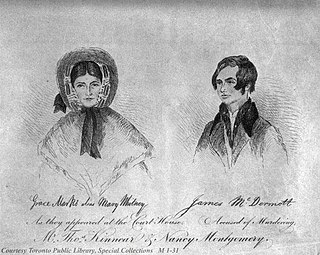
Grace Marks was an Irish-Canadian maid who was involved in the 1843 murder of her employer Thomas Kinnear and his housekeeper, Nancy Montgomery, in Richmond Hill, Ontario. Her conviction for the murder of Kinnear was controversial and sparked much debate about whether Marks was actually instrumental in the murder or merely an unwitting accessory. Marks was the subject of Margaret Atwood's historical fiction novel Alias Grace and its adaptations in other media.

Canadian Crusoes: A Tale of the Rice Lake Plains is a novel by Catharine Parr Traill published in 1852, considered the first Canadian novel for children. Written after The Backwoods of Canada (1836), it is Traill's second Canadian book. It was first published in 1852 by London publisher Arthur Hall, Virtue, and Company. It was edited by her sister Agnes Strickland.
Charlotte Gray, CM is a British born Canadian historian and author. The Winnipeg Free Press has called her "one of Canada's best loved writers of popular history and literary biography."
Maria Susan Rye,, was a social reformer and a promoter of emigration from England, especially of young women living in Liverpool workhouses, to the colonies of the British Empire, especially Canada.

Geraldine Moodie was a Canadian photographer who pioneered in capturing photos of early Canadian history. She is best known for her work with indigenous peoples in Northern Canada. Moodie is one of Canada's first professional female photographers. She opened photography studios in Battleford, Saskatchewan (1891), Maple Creek (1897), and Medicine Hat, Alberta (1897).
Louisa Annie Murray was an English-born Canadian author.
Clara Thomas was a Canadian academic. A longtime professor of English at York University, she was one of the first academics to devote her work specifically to the study of Canadian literature, and was especially known for her studies of Canadian women writers such as Anna Brownell Jameson, Susanna Moodie, Catharine Parr Traill, Isabella Valancy Crawford and Margaret Laurence.

Agnes Dunbar Fitzgibbon Chamberlin was a Canadian artist living in Ontario.
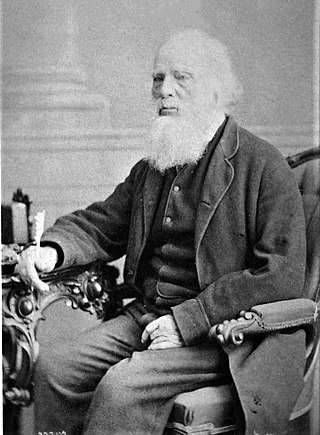
John Wedderburn Dunbar Moodie was a Scottish-born army officer, farmer, civil servant and writer in early Canada.
Susanna Moodie: Roughing it in the Bush is a Graphic novel written by Carol Shields and Patrick Crowe, adapted by Willow Dawson, and is illustrated by Selena Goulding. The graphic novel was initially written as a Screenplay by Carol Shields and Patrick Crowe but was adapted by Crowe and Willow Dawson after Shields's death. Crowe contributes this enthusiasm to adapt the work to the increased popularity of graphic novels. The graphic novel is a loose adaptation of the novel by Susanna Moodie, Roughing it in the Bush, and describes the life of Susanna and how she came to write the novel, as well as her life after Roughing it in the Bush was published.
References
- ↑ Bentley, Richard. "Roughing It in the Bush / Introduction to the Third Edition". Wikisource . Retrieved October 27, 2011.
- ↑ "Biographies - Susanna Moodie and Catherine Parr Traill". Collections Canada, Library and Archives of Canada. Retrieved October 27, 2011.
- ↑ Ballstadt, Carl. "Biography - Susanna Moodie". Poetry Foundation. Retrieved October 27, 2011.
- ↑ "Catherine Parr Traill". The Canadian Encyclopedia. Retrieved October 27, 2011.
- ↑ Ballstadt, Carl. "Biography - Susanna Moodie". Poetry Foundation. Retrieved October 27, 2011.
Further reading
- Katherine A. Roberts (April 2000). "Discours de la féminité dans The Backwoods of Canada de Catharine Parr Traill et Roughing It in the Bush de Susanna Moodie". Tangence (in French) (62): 34–49.
- Susanna Moodie (1871). Roughing it in the bush, or, Forest life in Canada (Canadian ed.). Toronto: Maclear & Co. OL 23330800M.